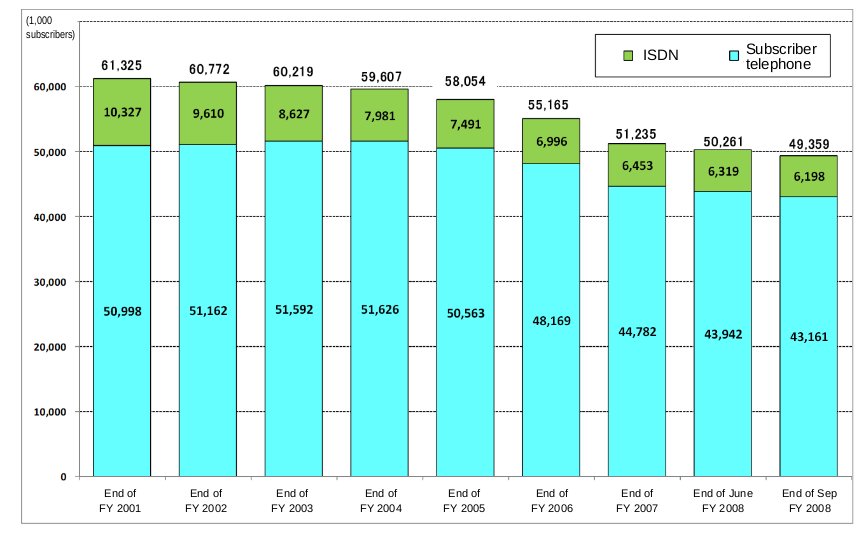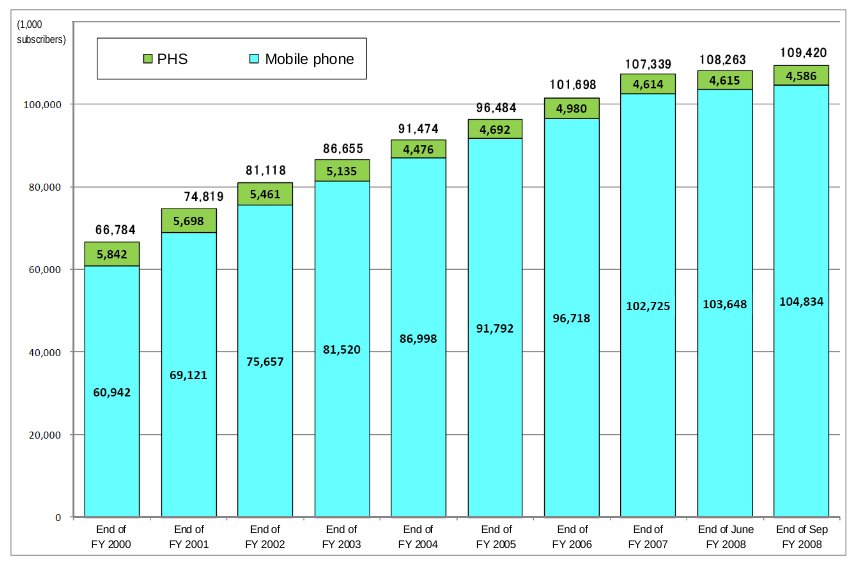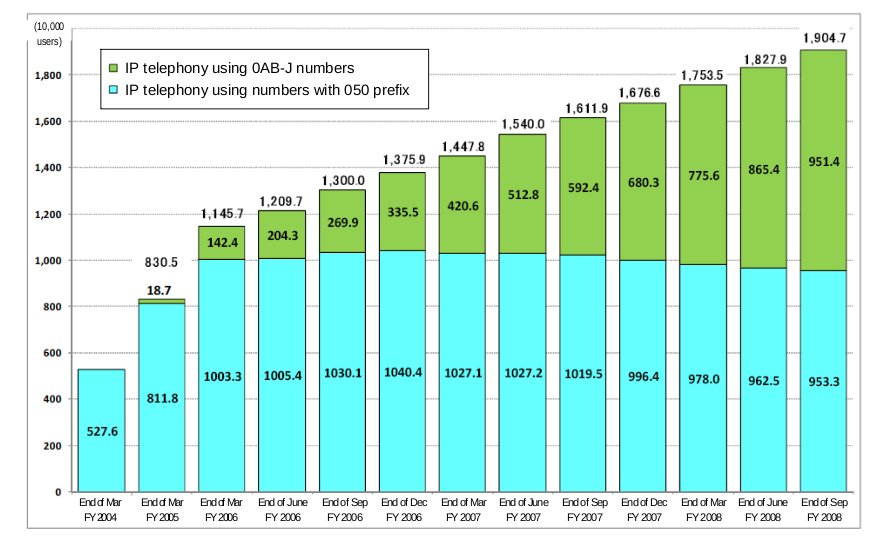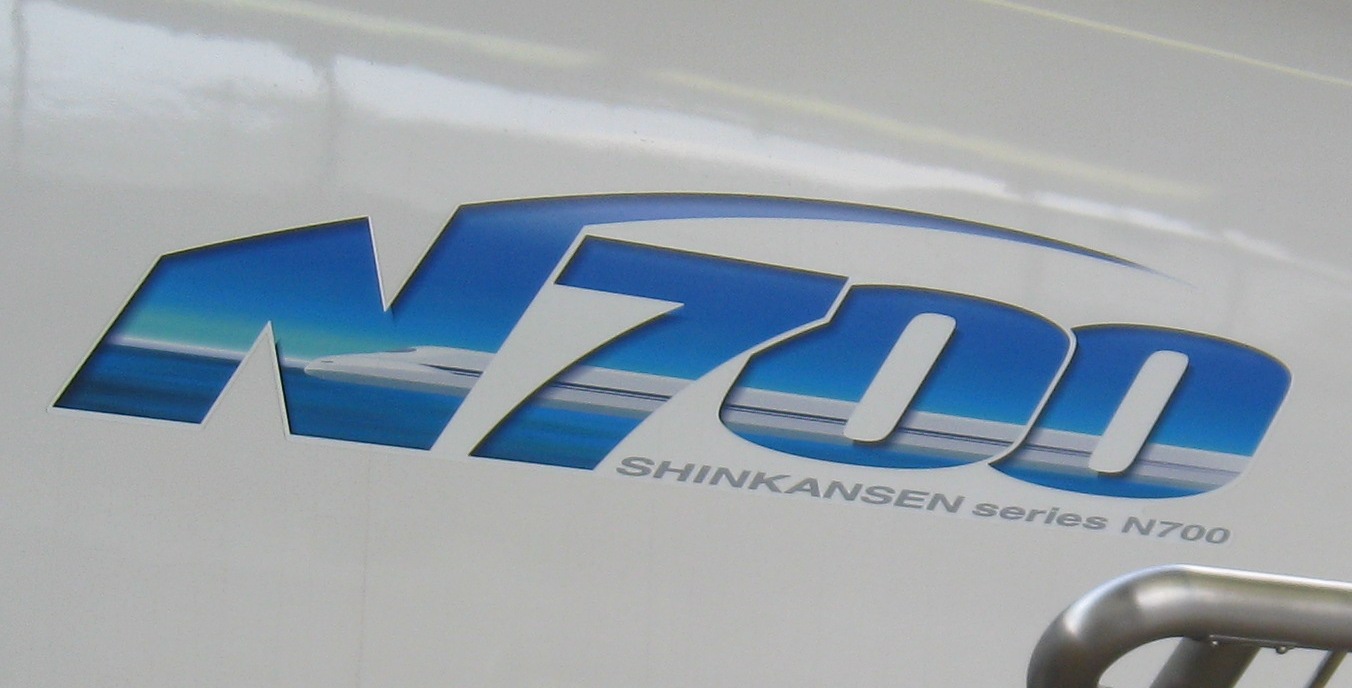MIC – Japanese Ministry of Internal affairs and Communications recently issued a Statistics report on Subscribers to Telecommunications Services. The report is interesting, but not very surprising:
The total number of contracts for subscriber telephones (and ISDN) is decreasing, as of the end of Sep. 2008 was 49.539 Million.

Mobile Phones (and PHS) are on the rise, with 109.420 Million Subscribers. The only PHS provider is Willcom:

The only part that was a bit surprising is the adoption of IP telephony. In the past I have suggested my wife to use a 050 IP phone for our communication with Japan, and she objected claiming that Japanese do not want to call 050 phones as they are “strange” and “different” than the normal numbering plan. Guess what, she was wrong:
The number of IP phone users as of the end of September 2008 was 19.047 million. This is an 18.2%
increase from the same period of last year, and this increasing trend continues. The increase in the
users of IP phones with the 0AB-J number structure (10 digits, starting with a zero) is especially
remarkable, with a 60.6% year-on-year increase


